Why Anti-Reflective Sapphire Matters
Anti-reflective (AR) sapphire crystal is a small upgrade with a big impact. By reducing glare and internal reflections, AR-treated sapphire makes a watch’s dial clearer in bright light and at awkward angles. For owners and collectors, that improved legibility translates to daily convenience and a more refined visual presence.
Beyond readability, AR sapphire changes how a watch looks on the wrist. It deepens dial colors, reveals finer details, and creates a nearly invisible barrier between viewer and timepiece. This introduction previews how AR coatings are made, the trade-offs involved, care and repair considerations, guidance for choosing AR sapphire, and common misconceptions every buyer should know.
Read on to learn practical tips and expert buying criteria today.
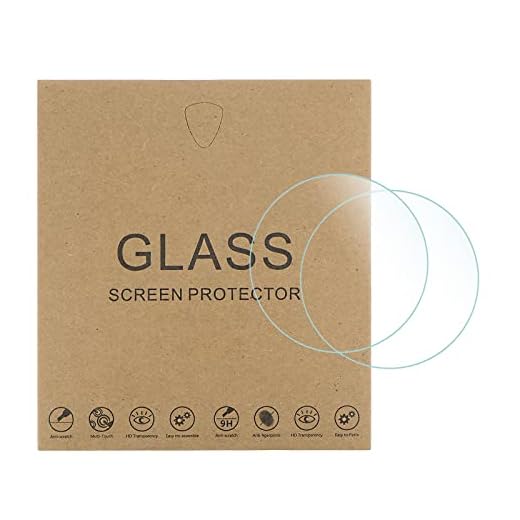

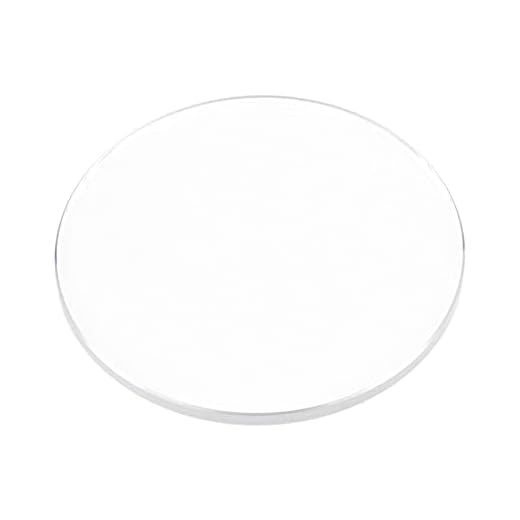
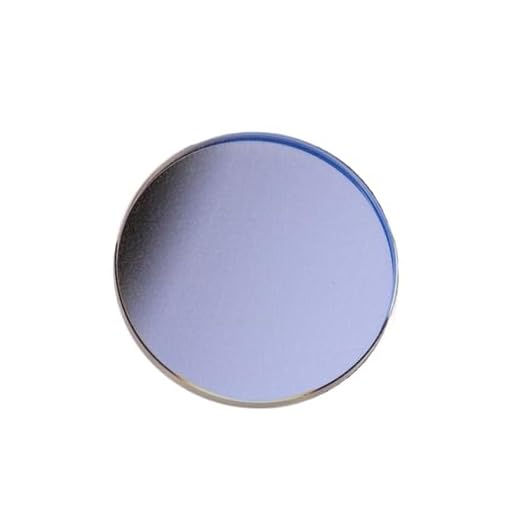
Sapphire vs. AR Coating: What You Need to Know
What Sapphire Crystal Is and How Anti-Reflective Treatment Works
What synthetic sapphire brings to a watch
Synthetic sapphire is crystalline aluminum oxide grown in a lab and cut into a watch crystal. Its standout traits:
Compared to mineral glass (softer, more easily scratched) and acrylic (very impact-resistant but hazes), sapphire is the premium choice when long-term clarity matters.
Why you see glare — the physics in plain terms
Glare happens because light “sees” a jump in refractive index when moving between air (n ≈ 1.0) and sapphire (n ≈ 1.76). That mismatch reflects a portion of light back to your eye — the same reason a window can produce glare. The basic reflectance at normal incidence follows ((n1 − n2)/(n1 + n2))^2, so sapphire’s higher index means stronger reflections than lower-index materials.
How anti-reflective coatings fight glare
AR coatings add one or more thin layers with intermediate optical properties to reduce that mismatch. Conceptually:
When you next examine a watch under bright sun, note the color of reflections and whether the dial seems to “pop” — that’s the AR doing its job. Up next, we’ll unpack the different coating types and how they’re applied in practice.
Types of Anti-Reflective Coatings and Application Techniques
Common coating categories
Real-world note: you’ll often spot single‑layer AR on lower‑cost watches by its strong blue sheen, while brands that emphasize legibility and photography use multi‑layer or ceramic AR for a near‑invisible look.
How coatings are applied (plain terms)
All three create nanometer‑scale layers; differences matter for durability, uniformity, and cost.
Inside vs. outside application
Manufacturing differences & buyer tips
Quick tip: ask whether AR is single or multi‑layer and whether it’s applied inside, outside, or both—those three answers predict appearance, longevity, and cost. Next, we’ll weigh those trade‑offs in practical terms: legibility, aesthetics, and wear.
Benefits and Trade-offs: Legibility, Aesthetics, and Wear
Legibility — everyday and exceptional
Anti‑reflective (AR) sapphire delivers the clearest, most usable watch faces under real conditions. Daylight glare is dramatically reduced, so quick glances at traffic lights or bright beaches actually show the hands and markers instead of mirror reflections. In low light, reduced stray reflections help lume and contrast read more faithfully. Photographers and frequent travelers notice this first: a watch with good multi‑layer AR reads reliably in photos and on video without hunting for the right angle.
Aesthetic effects — depth and color
AR changes how a dial looks. A well‑done coating makes the dial appear deeper, like peering into a glossy pool; textures and applied markers “pop.” Single‑layer coatings often give a strong bluish or purplish sheen at oblique angles, while advanced multi‑layer stacks tend toward neutral or faint green/grey casts. Some collectors prize that blue flash as character; others find any tint distracting.
Trade‑offs — wear, cost, and taste
Practical guidance: choose inner‑side AR (or durable ceramic AR) for daily and sports use to protect the coating; divers often prefer none or inside‑only AR to maximize durability and ensure ISO‑style readability. For dress watches or pieces intended for photography and display, a subtle double‑side multi‑layer AR gives the most pleasing, “invisible” effect.
Next we’ll look at maintaining those coatings and what to expect when they need repair.
Durability, Maintenance, and Repair Considerations
How AR coatings age and what shortens their life
Anti‑reflective coatings are thin multilayer films, and they wear like any surface finish. Common aging factors:
Practical maintenance — daily and deep cleaning
Keep AR looking new with gentle, regular care.
Avoid these common mistakes:
Repair options and typical costs
If AR is scratched or delaminated:
Serviceability: off‑the‑shelf vs bespoke crystals
Off‑the‑shelf sapphire with AR is cheap and quick to swap at a watchmaker. Bespoke OEM crystals (curved, boxed, special bevels) are more expensive, sometimes requiring factory parts and longer turnaround. If you travel a lot or work in harsh environments, favor inside‑AR or off‑the‑shelf serviceability to keep downtime and cost down.
Next we’ll look at how to evaluate AR choices when shopping for a watch.
How to Evaluate and Choose AR Sapphire on a Watch
Quick buyer checklist
When shopping, tick these boxes to avoid surprises:
Photos and questions to request from sellers
Ask for three images: straight-on (legibility), 30–45° tilt in bright light (reflection color), and macro of any edge/bevel. Request written confirmation if AR is inner-only—this matters for longevity and cleaning.
Simple in-store tests
Price and perceived value
Expect aftermarket AR sapphire for modding (e.g., Seiko SKX) to run $30–150; factory-fitted AR on mid-range watches adds modestly to MSRP; luxury brands may command a premium because of proprietary coatings and finishing—this can be part of a watch’s perceived value, especially for dress or dive pieces where legibility is a selling point.
Resale-minded tips
Document the crystal condition: include the three-angle photos, purchase receipts, and any service paperwork. Note whether AR is external—outside coatings show wear and are worth disclosing to buyers.
Use these checks to separate marketing claims from real-world performance and to choose AR sapphire that fits how you actually wear the watch.
Common Misconceptions and Frequently Asked Questions
Does AR coating make the watch more fragile?
Short answer: no. AR is an ultra-thin optical layer (or stack of layers) — it does not change sapphire’s inherent hardness or its resistance to cracking. Real-world risk comes from where the coating sits: external AR can wear, flake, or show micro-scratches from repeated abrasion, which looks unsightly but doesn’t make the crystal shatter more easily. Think of it like a clear paint layer — cosmetic vulnerability, not structural.
Is internal AR always better than external?
Not always. Internal AR resists surface wear and keeps a long-lasting “invisible” look, which is why many field and dress watches favor it. External AR gives stronger immediate glare reduction and allows brands to tune the visible hue (blue, purple, green). The trade-off: external coatings are easier and cheaper to apply or reapply, but they show wear faster. Double-sided coatings combine benefits but are costlier.
Will AR affect waterproofing or servicing intervals?
No, AR layers don’t compromise water resistance — gaskets and case construction do that work. AR also doesn’t mandate shorter service intervals. However, if an external coating is damaged, you may want re-coating during service; some manufacturers won’t recoat and will replace the crystal instead, so ask before you send a watch in.
Quick FAQ-style pointers
With these myths cleared, you’ll be better equipped to compare AR claims and move on to deciding whether this invisible upgrade suits your watch and lifestyle.
Making the Invisible Upgrade Work for You
Anti reflective sapphire markedly improves legibility and modernizes a watch’s look while introducing modest trade offs: potential coating wear, rare color shifts, and slightly higher cost. Choose AR for daily wear, glare prone environments, or when clarity and aesthetics matter most.
Care involves gentle cleaning, occasional recoat possibilities, and mindful use to extend life. Weigh benefits against upkeep and budget, then try watches in person to confirm the visible improvement meets your expectations.

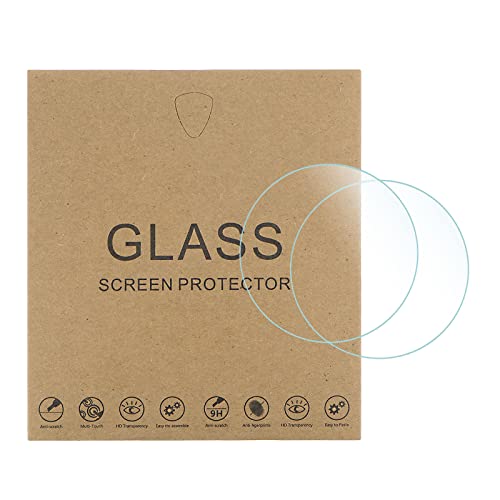
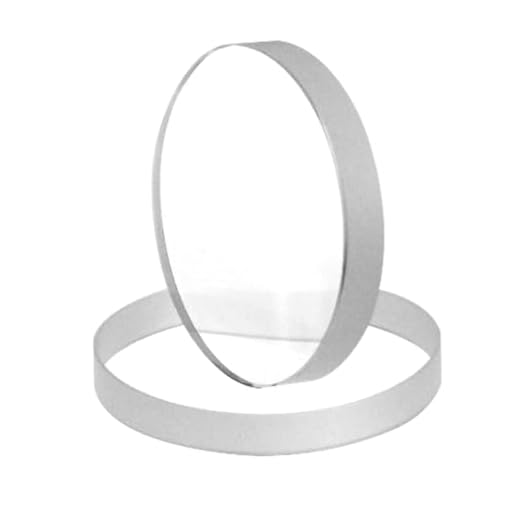
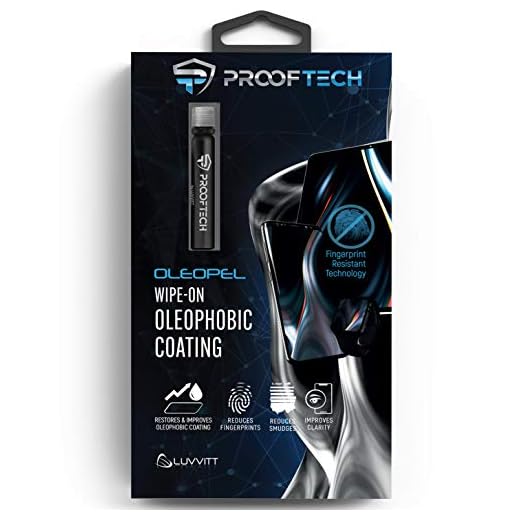
Loved the breakdown of coating types and application techniques — PVD, vapor deposition, etc. Really clarified why some AR coatings look bluish while others are nearly invisible.
I’m wondering about compatibility: if I buy a 32.7mm x 3mm Blue AR Coated Sapphire Crystal for a custom project, how picky are watchmakers about thickness (3mm vs 1.5mm)?
And how does double-domed affect packing/sizing for bezels? I don’t want it to bulk out the case.
Also curious if anyone tried replacing a stock crystal with a Double-Domed AR Blue Sapphire for Seiko SKX and how water resistance fared afterwards.
Tech nerd mode: are multi-layered ARs noticeably more fragile than single-layer?
Multi-layer AR gives better anti-reflective performance but yes, edge chipping is a possible issue if the crystal isn’t seated properly. Worth spending a little extra on a reputable supplier.
Thickness will also affect hand clearance. My project had to use a thinner crystal to avoid hand strikes. Bring parts to a pro and measure carefully.
Great technical questions, Daniel. Thickness matters for bezel clearance and gasket fit — a 3mm vs 1.5mm will change how the crystal sits and can require a different gasket or even slight case modification. Double-domed crystals can indeed increase apparent thickness, so your watchmaker should check bezel clearance and pressure testing for water resistance after install.
Multi-layer ARs aren’t inherently more fragile at the substrate level, but the outermost layers can be more prone to wear if they’re improperly cured or low quality. Proper installation and edge finishing reduce risk.
FWIW, I used a 29mm Sapphire Crystal Watch Lens Replacement (1.5mm) as a cheaper option for a small dress watch — sleeker profile, no bulk, still great clarity with single-layer AR.
I had an SKX fitted with a double-domed AR and the watchmaker swap included a reseal and pressure test — still 200m rated afterwards. So it can be done safely if done right.
Great write-up — this finally explains why AR sapphire actually matters.
I swapped a basic mineral glass for a Double-Domed AR Blue Sapphire on my Seiko and the legibility at weird angles is night-and-day.
Also, shoutout to the 32.7mm x 3mm Blue AR Coated Sapphire Crystal mentioned — that’s exactly what my watchmaker used.
One thing the article nailed: AR coatings can look “invisible” but they’re not magic; you still have to accept micro-scratches over years.
Would love a follow-up on long-term yellowing of coatings, tho — anyone seen that happen?
Thanks, Laura — glad it helped! Yellowing is pretty rare on quality AR coatings but low-end ARs and heavy UV exposure can show discoloration over a long time. If you’d like, I can add a short section on identifying early yellowing and when to replace the crystal.
I had a faint yellow tinge on a cheap AR after ~5 years. Swapped it for a higher-end double-domed and problem solved. Lesson: buy better once rather than cheap twice.
Curious — who did your install? I’ve been nervous about sending my SKX out. My guy only had the 29mm options and I’m unsure about fitting a double-domed.
Quick question about maintenance — the article mentions OLEOPEL Oleophobic Coating Kit. Has anyone used that? Is it worth re-applying every few months or just a gimmick?
I worry about fingerprints and oils from my skin (I work with my hands a lot).
Would an oleophobic layer protect the AR coating or could it interfere?
Sorry for the barrage of q’s, just the part about maintenance was my favorite section.
Also, does the BUREI Men’s Gold watch have decent AR/sapphire options out of the box?
You can DIY the oleophobic on a cheap replacement crystal (like the 29mm one) to test it out. If it helps, then consider getting it applied professionally to your main watch.
Good questions, Priya. Oleophobic kits like OLEOPEL can help reduce fingerprints and make cleaning easier; they’re generally surface-level and won’t damage a proper AR coating if applied as directed. They do wear off and may need reapplication periodically (every few months to a year depending on handling).
Regarding the BUREI watch: many affordable quartz watches call out ‘sapphire’ but often it’s synthetic or lower-grade — check seller specs. The BUREI listed usually has mineral or low-grade sapphire, so don’t expect premium AR unless explicitly mentioned.
If you work with your hands a lot, I’d still go for real sapphire + AR. The oleophobic is nice but not a substitute for scratch resistance.
I used the OLEOPEL kit on my phone and a spare watch crystal — made cleaning sooo much better. Just follow instructions and don’t overdo it.
Nice article. Short version: AR sapphire = looks badass, costs more, saves your eyes from reflections. I’ll take the upgrade.
Minor nit: the section on ‘trade-offs’ could use one more real-world example of how coatings wear over 10 years (not just ‘might’).
Also, props for linking practical products — I clicked the Double-Domed listing out of curiosity.
Agree about the examples. Seeing a timeline of photos would help people decide whether to bother now or wait until they need a replacement crystal.
Thanks, Eleanor — good idea. I’ll add a long-term wear case study with photos and timelines to show how coatings age over a decade. Appreciate the suggestion!
Honestly, I’m torn. Love the idea of no glare, but is it worth the cost? I mean, you can slap on a Violet 32.5mm Tempered Glass protector for like $10 and call it a day 😂
Also, does AR really help at night? Feels like hype.
I used a cheap protector for a bit — fine for bumps, terrible for clarity. Saved up and installed a real AR sapphire and never looked back. Worth it if you care about the viewing experience.
Good point, Mike. Tempered protectors like the Violet pack are great for budget scratch protection but they don’t match the optical clarity or permanence of a sapphire crystal with AR. At night, AR can reduce stray reflections from streetlights and improve legibility, but it won’t make a dim dial brighter.